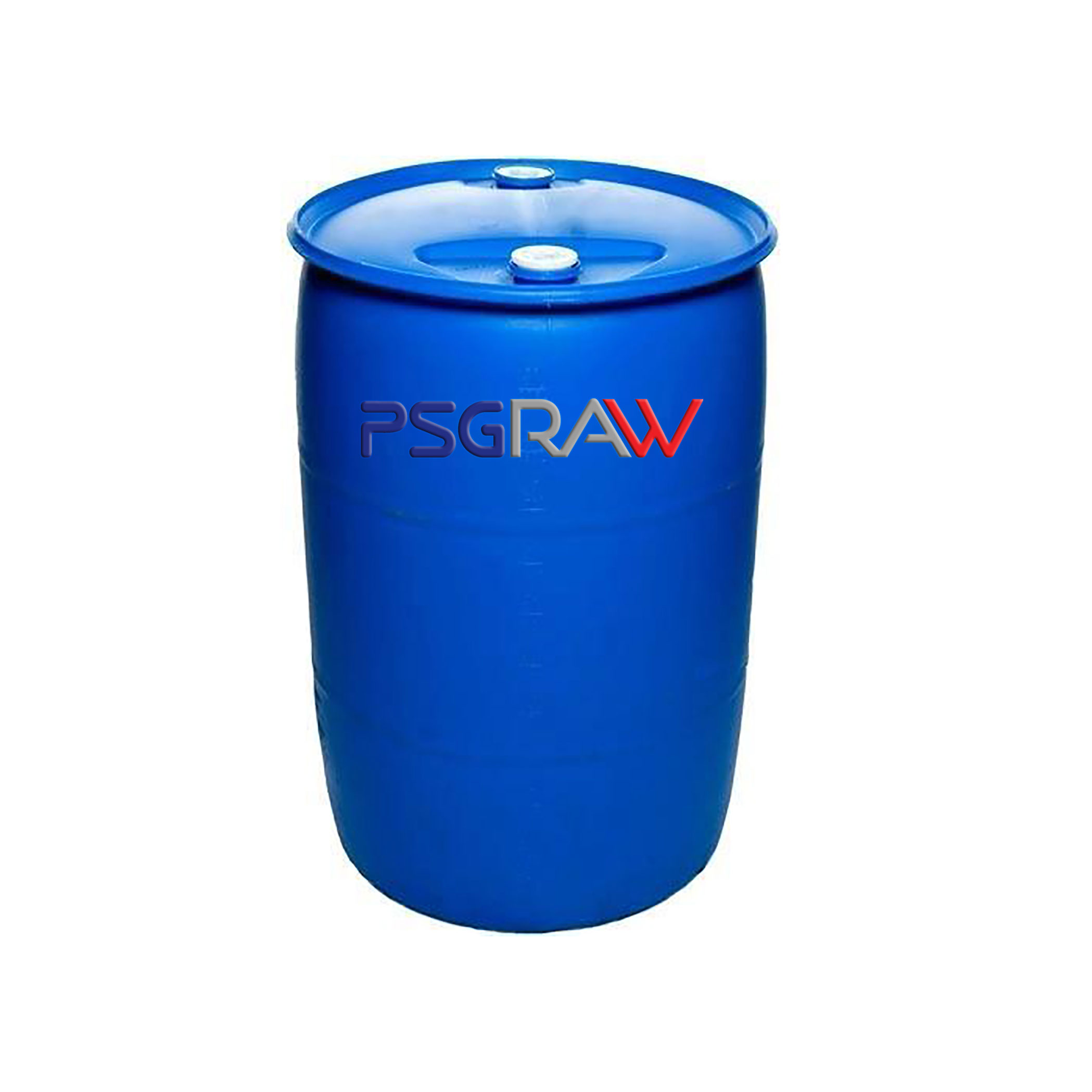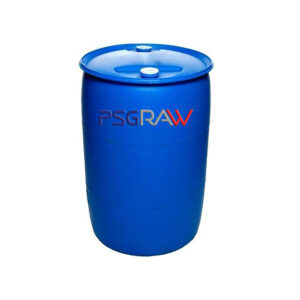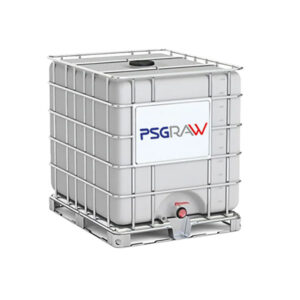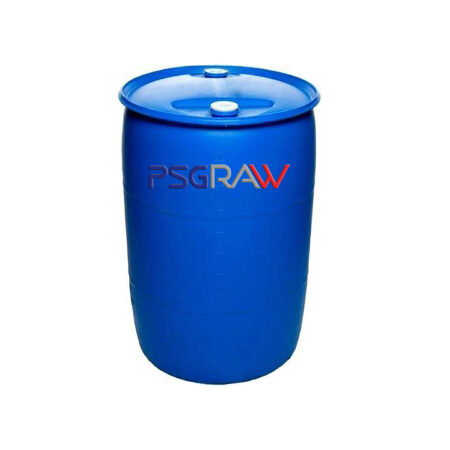Products
Formulation
Triethanolamine Lauryl ether Sulfate
Introduction of ” triethanolamin lauryl ether sulfate”:
Triethanolamine Lauryl Ether Sulfate (TLES) is a widely recognized anionic surfactant. Its ability to produce stable foams, combined with excellent cleaning capabilities and efficient emulsification, is complemented by its mild and environmentally friendly attributes.
This positions TLES as a preferred ingredient in various industries, notably in cleaning and personal care products. Given that TLES naturally has a near-neutral pH, the pH adjustment process could be facilitated. Furthermore, it has a non-irritating and gentle characteristic that makes it skin-friendly, therefore it might be used in children’s shampoos, sensitizers, and detergents.
📌more info about tles:👇
| 🔵 Appearance: | light yellow viscous liquid |
| 🔴 pH: | 6 – 7 |
| 🔵 Active substance : | 30 ±1 |
| 🔴Molecular weight : | 514 |
Product specifications
| Appearance | Pale yellow or colorless liquid |
|---|---|
| Molecular weight | 514 |
| C12(wt%) | 65-75 |
| C14(wt%) | 20-30 |
| PH | 5-7 |
| dioxane (ppm) | Max 50.0 |
Introduction and general information
Appearance of “TLES”
In its commercial form, Triethanolamine Lauryl Ether Sulfate (TLES) is often found as a viscous liquid or a light yellow to amber-colored paste. When mixed with water or incorporated into various formulations, TLES produces a clear to slightly hazy solution that may display a characteristic soapy or slight chemical odor.
Chemical Structure and mechanism of action
The general formula of the TLES is CH3-(CH2)n-(OCH2)m-OSO3H-TEA. In the described formula, TEA is C6H15NO3 and the value of n and m could be adjusted based on the desired characteristics. The chemical Structure of the compound is presented below. From the functionality perspective, it could be divided into 4 different groups:
1 – Lauryl Group: The hydrophobic (water-repelling) or lipophilic component of the molecule is the long alkyl chain or lauryl group. This component aids in the aggregation and micelle generation of molecules. The length of the hydrocarbon might vary amongst products, however commercial products typically have an alkyl chain length of 11-13 carbons.
2 – Ether linkage: The main difference between TLES and its non-ethoxylated analogs (TLS) is introducing the ethoxy group on the backbone. The ethoxylation process is crucial in determining the properties of TLES. By introducing ethylene oxide (EO) units, the surfactant becomes more hydrophilic. This chemical adjustment not only alters the surfactant’s water solubility but also its interaction with oils and its foaming characteristics. The length of Ethylene oxide groups is usually set to be 1 or 2.
3 – Triethanolamine: TEA is a key component that provides some different properties compared to the anionic surfactants containing different neutralizing groups. TEA neutralizes the electrical charge of the molecule. It also improves the TLES’s water solubility and hydrophilic character. The TEA’s amine and alcoholic properties, on the other hand, offer hydrogen bonding between the water molecule and the TEA’s nitrogen and oxygen atoms. The mentioned hydrogen bonding improves the solvent’s stability.
4 – Sulfate Group: Attached to the lauryl chain, the sulfate (SO3–) group is negatively charged, which classifies TLES as an anionic surfactant. The sulfate group contributes to the hydrophilic nature and enhances the water solubility of the molecule. On the other hand, it participates in the foaming capabilities and interaction of the molecule with other ingredients.
Chemical structure of TLES
Ethoxylated surfactants tend to be gentler on the skin. Owing to this feature, TLES is preferred in cosmetics and personal care products, particularly those developed for sensitive skin or frequent use. On the other hand, the Ethoxylation process improves the hydrophilicity of the product. So typically, TLES has a higher HLB compared to TLS. Given the high viscosity of the TLES, it could be used as the rheology modifier in finished products.
Triethanolamine Lauryl Ether Sulfate Applications
-
Self-care and cleaning
-
TLES is primarily employed in the cleaning and personal care industries. Because of its high foaming capacity and cleaning ability, it is an excellent choice for shampoos, shower gels, soaps, dishwashing solutions, industrial cleaners, etc. Its gentle nature decreases the risk of scalp irritation, making it suited for even the most sensitive skin types.
TLES aids in the cleansing of the skin by breaking down and removing oils and pollutants. On the other hand, it has the ability to degrade and remove tough grime, dirt, and oily residues from a wide range of surfaces, including kitchen counters and bathroom tiles. Although TLES is primarily a surfactant, it can also be found in fabric softeners, where it helps in the emulsification of softening products.
-
-
textile
-
Triethanolamine Lauryl Ether Sulfate could be used to lower the surface tension and provide uniform wetting during various processes. Moreover, it could be used as a surfactant or salt in dying the textiles.
-
-
Agriculture
- Application of the TLES in agriculture mainly revolves around enhancing the efficacy of agrochemicals and ensuring uniform distribution over plant surfaces. It could be used in pesticide and herbicide formulations to enhance the dispersion and wetting of the product. On the other hand, by Lowering the surface tension, TLES might be employed as a penetration enhancer.
-
Polymer, Resin, Paint, Coating
- As it’s stated before, strong emulsification makes TLES a proper option to be employed in emulsion polymerization. The same logic applies to water-based coatings. Furthermore, TLES could act as dispersing agents or anti-settling ingredients in such systems. It might also be used as an adhesion promoter or leveling agent in some polymeric systems.
-
Cosmetics
- TLES has a gentle cleansing action; This property makes it appropriate for facial cleaners designed for various skin types. It removes grime, oil, and makeup residues without removing the skin’s natural moisture. TLES works as an emulsifier in creams and lotions, ensuring that the water and oil phases mix properly. This guarantees steady texture and effective delivery of active ingredients. TLES, on the other hand, ensures a uniform blend of abrasive agents (such as microbeads or natural exfoliants) and moisturizers in some products.
-
Petroleum
- TLES could be utilized for different purposes in the oil and gas industries. It could be applied in EOR (Enhanced Oil Recovery) methods to increase the displacement efficiency of oil in reservoirs. They facilitate the recovery of the trapped oil. TLES could be also added to the drilling mud to modify its wetting properties and help the drilling operation. It might also be used as pipeline cleaner.
TLES Safety concerns
TLES is generally considered to be mild on the skin, especially when compared to the common industrial surfactants. On the other hand, various research approved its safety in the cosmetic domain. It should be noted that Triethanolamine Lauryl Ether Sulfate is a biodegradable surfactant and is considered to be an eco-friendly substance.
Specialized information request form
Need more information about this product?
Login to account
Log in to the user account to view additional technical data sheet, safety information, analysis sheet.
Request more information
Certificates
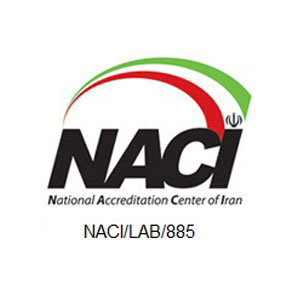
NACI

ISO 45001

ISO 14001
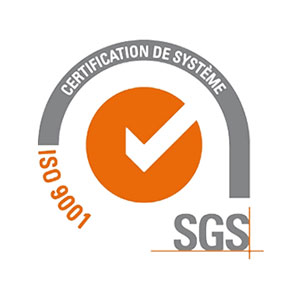
ISO 9001
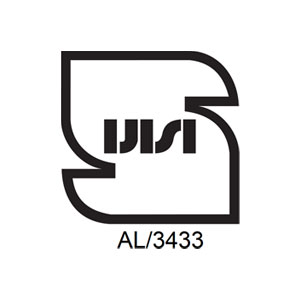
isiri



